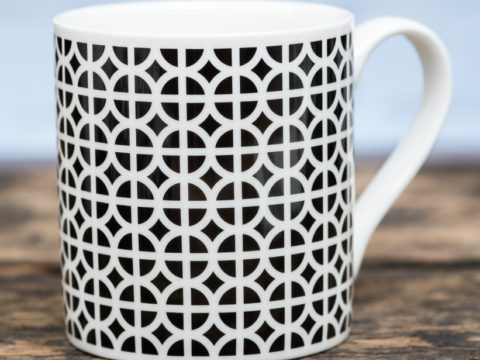Edward Seymour: Life Story
Chapter 2 : Rising
In 1529, Wolsey fell from power, unable to obtain the annulment of Henry VIII’s marriage to Katharine of Aragon. The cardinal’s educational establishment at Ipswich was suppressed, and Edward was a recipient of some of the lands that the king confiscated, along with Sir Anthony Oughtred, the first husband of Edward’s sister, Elizabeth Seymour. Edward himself was taken into the king’s own household by 1531, as an esquire of the body. The following year, he was in the king’s entourage for Henry’s state visit to France with Anne Boleyn, where the king hoped to gain French recognition for his annulment suit. Edward himself appears to have had no qualms about the annulment, and served Anne Boleyn as carver at her coronation on 1st June 1533.
Like all gentlemen of the Tudor period, Seymour’s ambition was to obtain landed wealth. It appears he was not particularly scrupulous about his methods – he entered into a scheme with John Dudley, to defraud Dudley’s step-father, Lord Lisle, of his life-tenancy of parts of the Lisle estate. The means used were strictly legal, but the king’s council thought that Edward had treated Lisle ‘very craftily’. This is the first glimpse of Edward’s friendship with Dudley, which was to prove so fruitful for both, but ultimately disastrous for Edward.
Edward may have been equally hard in his dealings with his wife. He had been married in 1514 to Katherine Filliol, daughter of Sir William Filliol. Presumably, this was a marriage ‘de futuro’, as the fathers had agreed that, should Edward decline completing the match within three years (presumably when Katherine was old enough to cohabit and the marriage had to be consummated or dissolved) the Seymours would pay a dowry for Katherine to make an alternative match. In the event, the couple accepted the marriage, and in 1518, Katherine bore her first child, a son, John, soon followed by another boy, named for his father. At some point, Katherine went to a convent – whether she went of her own volition or was sent there by Edward, because he had doubts about the paternity of his children, is unclear. His later patent of nobility names his sons by his second marriage as his heirs to the dukedom of Somerset but allowed Katherine’s descendants to inherit if the junior line failed, which suggests that he believed the boys to be his own.
The suggestion that Edward’s own father was Katherine’s lover and fathered her children has been repeated by modern historians, but there is no evidence of this rumour before the seventeenth century. If there were a dispute, it seems that her father initially took Katherine’s part as he made her a handsome allowance of £40, in which Edward was to have no share. But if he did support his daughter initially, by the time of his death, Sir William had quarrelled with her, as well as with Edward and his other daughter, Anne. His will left the Filliol estates to a cousin. In 1530, presumably through Edward’s influence at court, an Act of Parliament set aside Filliol’s will, and his property descended to his daughters and their husbands.
Since Edward took no steps to have his marriage annulled, it may be that illness or a vocation to religious life, or just marital unhappiness, parted the couple. Whatever the cause, by 1535, Katherine had died and Edward had remarried – his second wife being Anne Stanhope. This second marriage was certainly personally successful and resulted in at least eleven children.
In the summer of 1535, Henry VIII and Anne Boleyn stayed with Edward and Anne at Elvetham Place, their home in Hampshire, after visiting the Seymour family home at Wolf Hall. It seems to have been at Wolf Hall that Henry first became interested in Edward’s sister, Jane. Since Anne Boleyn fell pregnant at some point in late 1535, there was no question of her being replaced as queen, but the possibility that Jane might become Henry’s mistress (even if only platonically, to keep him interested) was undoubtedly pleasing to her family. When Anne Boleyn miscarried in January 1536, new possibilities opened up before the Seymours’ eyes. In this, they were assisted by Anne Boleyn’s enemies, including a cousin, Sir Nicholas Carew.
In March, after Jane had prudently (or virtuously, depending on whose interpretation one takes) rejected the king’s advances as unbecoming a blushing maiden, Henry decided that he would see her only in company with her family. To that end, Thomas Cromwell was delighted to exchange his lodgings at court to permit Edward and Anne to be placed next to the king, to chaperone Jane. Benefiting from the halo effect, Edward was promoted to gentleman of the privy chamber. By the end of May, after the rapid dispatch of Queen Anne, and a quiet marriage between Henry and Jane, he was the king’s brother-in-law, and the future looked rosy.



